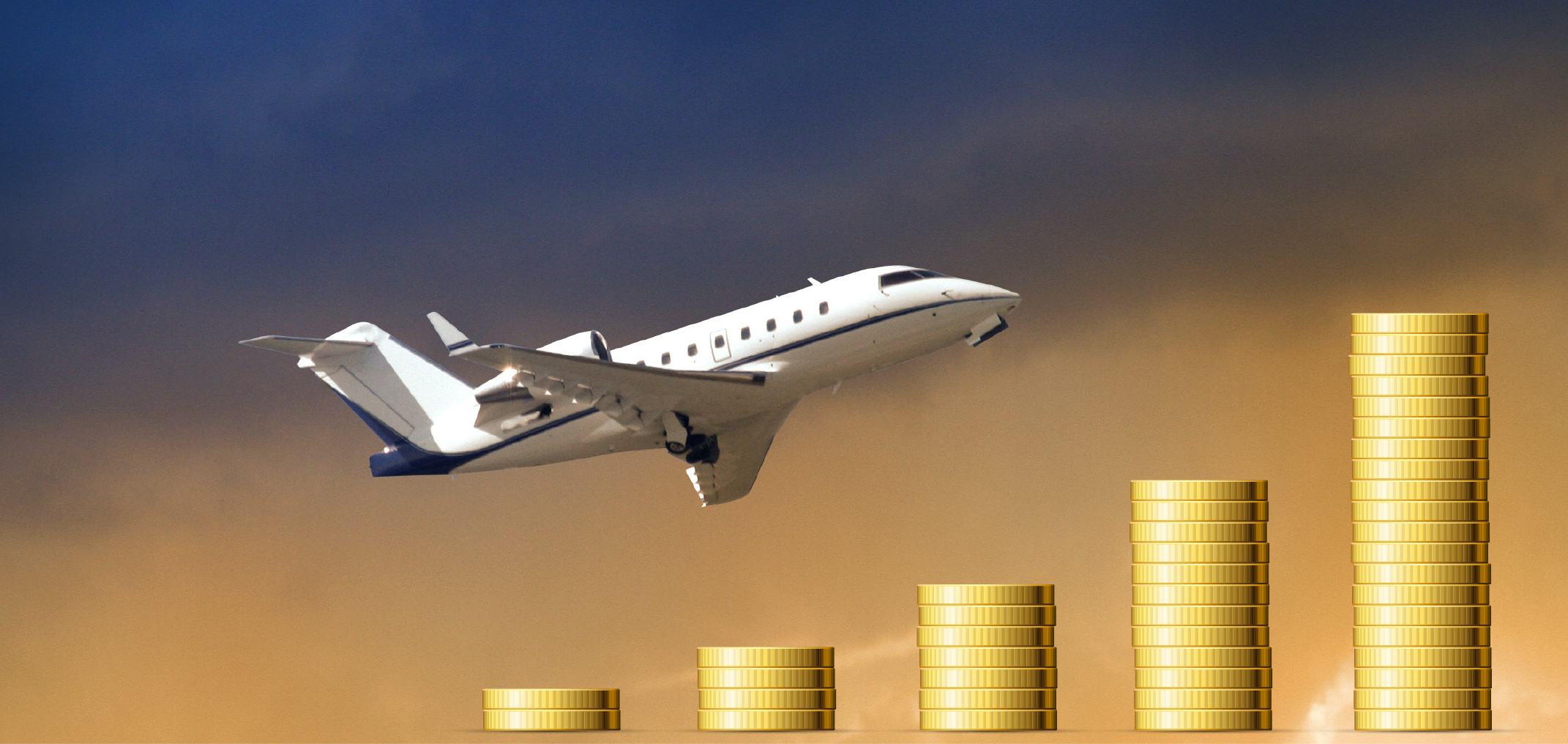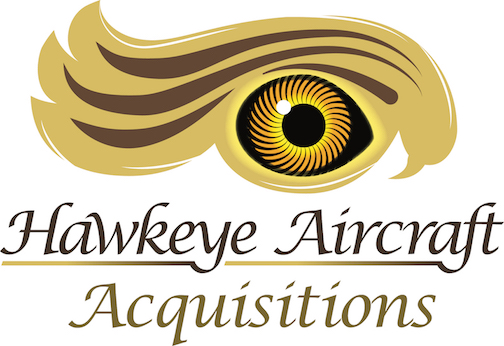It has almost become cliché to state that we are in unchartered waters in the aviation industry. We had a drastic change in the market after the financial crisis, followed by a tepid recovery. Then COVID hit and we saw prices adjust to the new normal of COVID. Now we are seeing prices go up in many models, in many cases to pre COVID levels or higher.
Historically, prices do not go up. A majority of the time they stabilize which in effect is a price increase as airplanes have real depreciation for each year they age. If the historic norm of 5-7% depreciation does not happen then in actuality, prices have gone up 5-7%. We are seeing prices stabilize at the pre COVID levels and a few highly desirable planes tick up from those levels.
Economics 101 is a good refresher for explaining pricing. In theory, pricing reaches an equilibrium with supply and demand. Over supply versus demand and prices will go down. More demand than supply and prices will move up. Equal supply and demand equals a stable market.
Since 2008 demand has been weak and the new OEM’s have made the appropriate adjustments to their production levels. Since production levels were drastically adjusted lower to account for weak demand, the supply of pre-owned 10-12 year old aircraft is not plentiful. This has forced some used buyers back into older model years, which has in turn increased demand for those aircraft.
The aircraft industry has always been a bit of an anomaly when it comes to economic theory. The total numbers are small as related to many other items that transact. Therefore, it can take only small changes in supply or demand to make large differences. In addition, the aircraft market is far from a perfect market as individual planes, buyers and sellers can skew results because the sample is relatively small.
Depending on who you talk to, there is either a large number of first time buyers or a moderate number of first time buyers. Regardless of how many, it does not take many to influence the market due to the market’s overall small number of transactions. The results are higher demand than supply which is making prices go up for good quality aircraft.
The question is will this continue? Will these new buyers stay in the aircraft business once they see the costs of ownership? Did they buy an aircraft thinking they would fly more and realize they are not flying as much and go back to fractional or charter?
The bottom line is if demand stays similar to the present conditions we, could see a small tick up in prices, perhaps back to pre COVID levels and some higher than pre COVID. It is important to note, that while we are not in a bubble like pre 2008, that buying an aircraft that is inflated over the normal depreciation based on pre COVID pricing, that premium may evaporate if the market slows or when more models get traded in on new aircraft and the supply creeps up.






